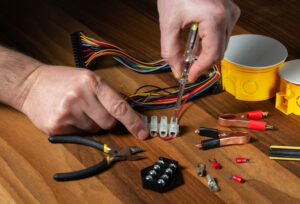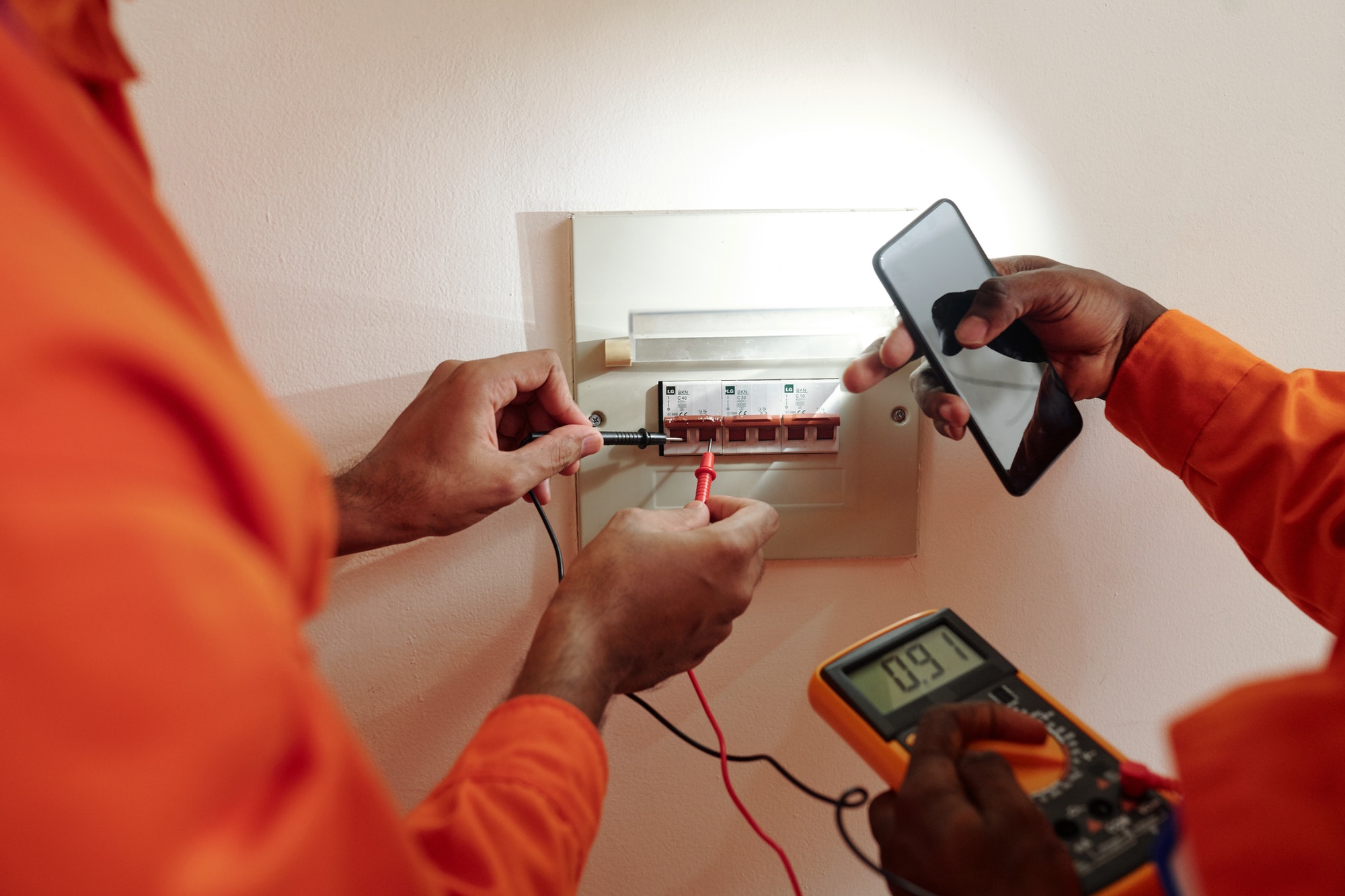Ensuring electrical safety in industrial facilities is paramount to protect workers, equipment, and property. Industrial environments often involve complex electrical systems and high-powered machinery, making it crucial to implement robust safety measures. Here are essential electrical safety measures for industrial facilities:
1. Regular Inspections and Maintenance
Scheduled Inspections:
- Conduct regular inspections of all electrical systems, including wiring, equipment, and control panels. Look for signs of wear, damage, or corrosion.
Preventive Maintenance:
- Implement a preventive maintenance program to ensure that all electrical components are in good working condition. This includes checking for loose connections, ensuring proper grounding, and testing circuit protection devices.
2. Qualified Personnel and Training
Qualified Electricians:
- Ensure that all electrical work is performed by qualified electricians who are trained and certified. This includes installations, repairs, and maintenance tasks.
Ongoing Training:
- Provide ongoing training for all employees on electrical safety protocols, emergency procedures, and proper handling of electrical equipment. Keep training up to date with the latest safety standards and technologies.
3. Proper Use of Personal Protective Equipment (PPE)
Appropriate PPE:
- Provide appropriate personal protective equipment (PPE) for workers dealing with electrical systems. This includes insulated gloves, safety glasses, face shields, and arc flash suits.
Regular Inspections:
- Regularly inspect and maintain PPE to ensure it is in good condition and provides adequate protection.
4. Lockout/Tagout (LOTO) Procedures
LOTO Protocol:
- Implement and strictly enforce lockout/tagout (LOTO) procedures to ensure that electrical equipment is properly shut down and isolated from power sources before any maintenance or repair work is performed.
Employee Training:
- Train all employees on LOTO procedures and ensure they understand the importance of following these protocols to prevent accidental energization.
5. Grounding and Bonding
Proper Grounding:
- Ensure all electrical systems and equipment are properly grounded to prevent electrical shock and reduce the risk of equipment damage.
Regular Testing:
- Conduct regular testing of grounding systems to ensure their effectiveness and compliance with safety standards.
6. Use of Circuit Protection Devices
Circuit Breakers and Fuses:
- Install appropriate circuit protection devices, such as circuit breakers and fuses, to prevent overloading and short circuits. Ensure these devices are regularly tested and maintained.
Residual Current Devices (RCDs):
- Use residual current devices (RCDs) to provide additional protection against electrical shock, especially in areas with high moisture or where portable electrical equipment is used.
7. Safe Work Practices
Electrical Safe Work Practices:
- Develop and enforce safe work practices for all tasks involving electrical systems. This includes de-energizing equipment before work, using insulated tools, and maintaining a safe distance from live electrical components.
Housekeeping:
- Maintain a clean and organized work environment to reduce the risk of accidents. Keep electrical panels and access points free of obstructions.
8. Emergency Preparedness
Emergency Response Plan:
- Develop an emergency response plan specific to electrical incidents, including procedures for dealing with electric shocks, fires, and equipment malfunctions.
Emergency Drills:
- Conduct regular emergency drills to ensure all employees are familiar with the procedures and can respond quickly and effectively in the event of an incident.
9. Signage and Labeling
Clear Signage:
- Use clear and visible signage to indicate electrical hazards, high-voltage areas, and safety instructions. Signs should be placed at key points, such as electrical panels, switchgear, and areas with high-voltage equipment.
Proper Labeling:
- Label all electrical panels, circuits, and equipment with accurate information to ensure proper identification and safe handling.
10. Use of Technology and Monitoring
Advanced Monitoring Systems:
- Implement advanced monitoring systems to track the performance and condition of electrical equipment in real-time. This includes thermal imaging, electrical testing, and predictive maintenance tools.
Data Analysis:
- Regularly analyze data from monitoring systems to identify trends, potential issues, and areas for improvement in electrical safety practices.
Conclusion
Electrical safety in industrial facilities requires a comprehensive approach that includes regular inspections, qualified personnel, proper PPE, stringent LOTO procedures, and effective grounding and circuit protection. By implementing these essential safety measures, industrial facilities can protect workers, reduce the risk of electrical incidents, and ensure the reliable operation of electrical systems. Continuous training, emergency preparedness, clear signage, and the use of advanced monitoring technology further enhance safety and create a safer working environment.






